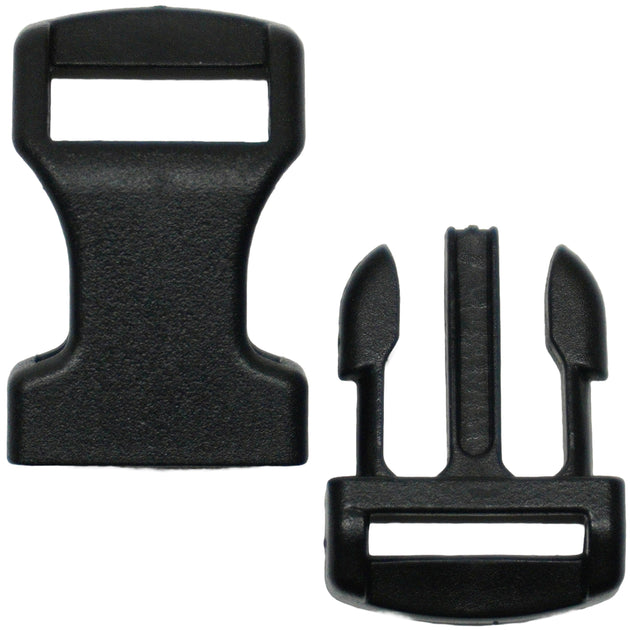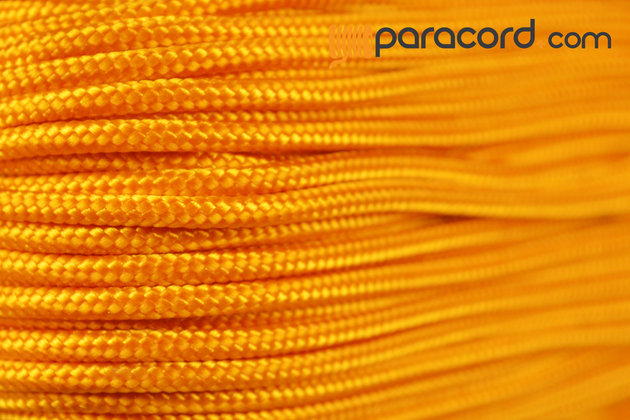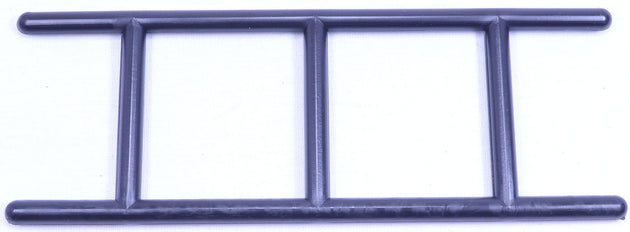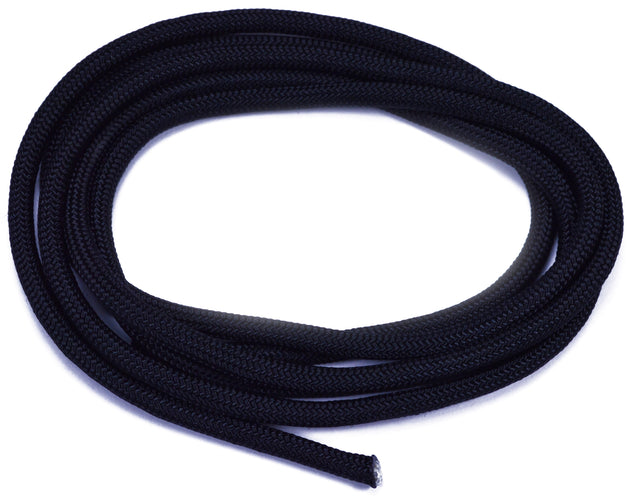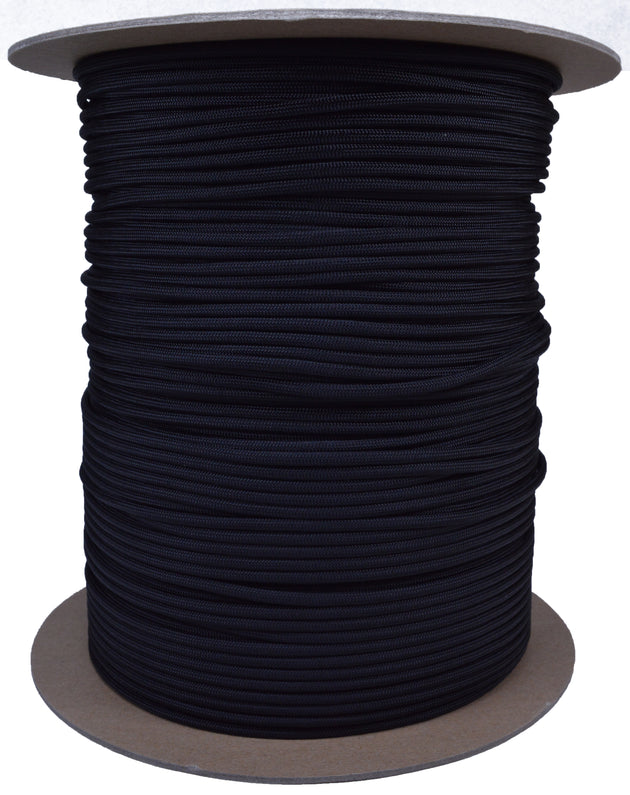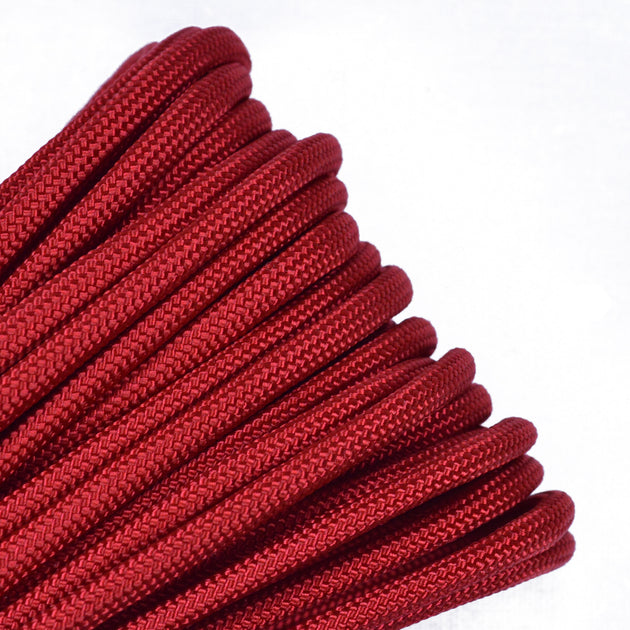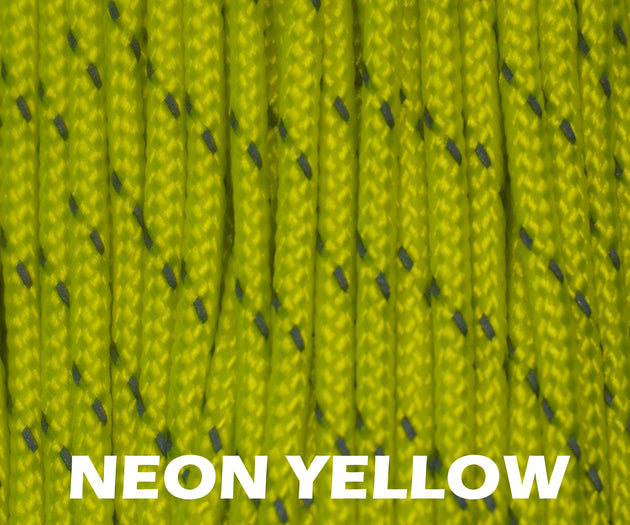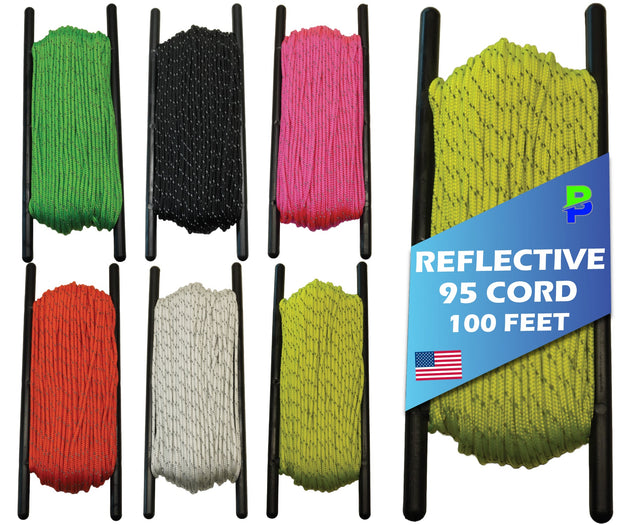Paracord 101: What it is, popular crafts, and real‑world uses
What is paracord
Paracord is a kernmantle nylon cord: a braided outer sheath around several inner strands. The most common size is 550 cord, a versatile choice for crafts and general outdoor use.
Why makers and outdoor users like it
- Strong for its size and weight
- Knots and weaves cleanly
- Hundreds of colors and patterns
- Easy to cut and seal the ends with heat
Popular sizes and variants
- 550 cord - go-to for bracelets and most crafts
- Micro cord and 95 cord - thin 1 to 2 mm line for accents, beading, and detail work
- 750 cord - slightly thicker decorative cord for belts and wide weaves
- Reflective or Glow in the dark cord - visibility at night
Starter crafts
- Cobra bracelet - a flat weave that teaches the basics
- Keychain or zipper pull - small, quick, and useful
- Dog leash - combine cord with swivel snaps and a comfortable handle
- Handle wrap - add grip to tools, bottles, and camera rigs
- Belt or strap - try a wide weave like King Cobra to create a sturdy belt or strap
Industries that use paracord
- Outdoor and camping brands
- Emergency preparedness and first aid kits
- Film, TV, and prop departments
- Military-style gear and tactical accessories
- Product design, prototyping, and maker spaces
- Education and STEM clubs for projects
Real-world uses beyond crafts
Paracord is handy for hanging tarps or bear bags, bundling items, replacing zipper pulls, lashing to hardware, and quick repairs during trips and events.
Choosing the right cord
- Bracelets and most crafts - 550 cord
- Fine detail - micro cord
- Outdoor guy lines and utility - reflective 550 cord or reflective 95 cord
- Stiff, wide weaves - 750 cord
Safety notes
Paracord is not a life-safety rope. Do not use it for climbing, towing, or lifting people. Treat the listed breaking strength as a lab number and use a conservative working load.
Care and longevity
Wash with mild soapy water, rinse grit, let it air dry, and avoid long exposure to intense sun. Nylon may stretch slightly when wet. Store in a cool, dry place.
Getting started
For your first project, grab one or two hanks of 550 cord plus a side release buckle or split rings. Follow a Cobra bracelet tutorial, then make a matching keychain.

